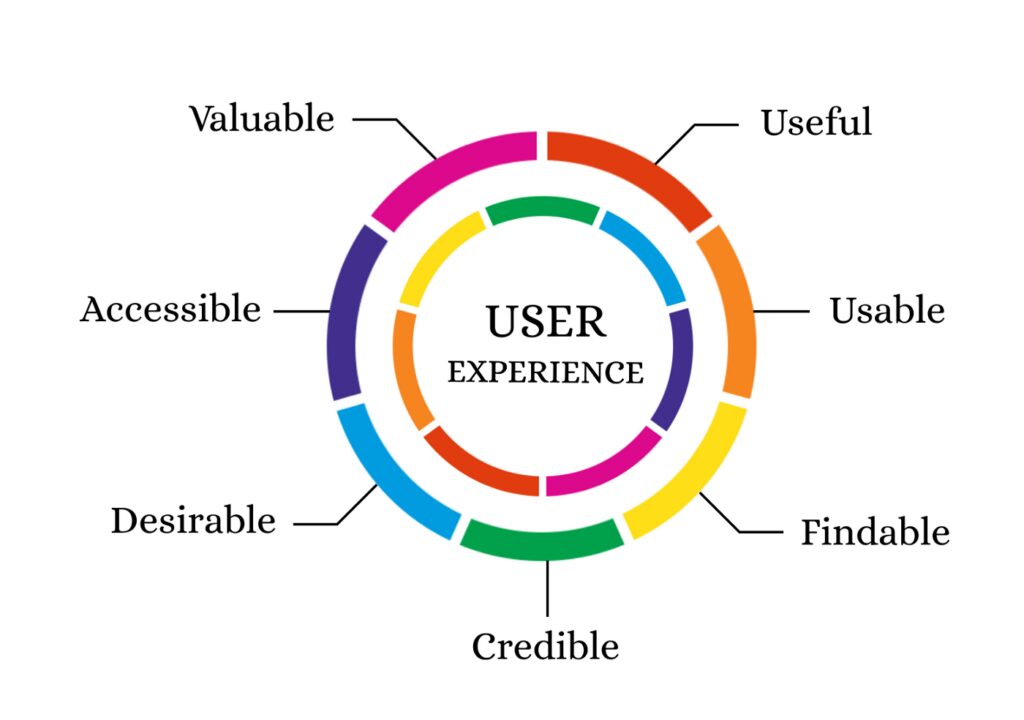Have you ever heard about the desirability factor? Determining this is a crucial aspect of UX research. It is often confused with the usability of a product or website, and while the two are closely related, they are not the same. Read on to find out how usable and desirable web pages differ from one another!
What is desirability in UX?
The desirability factor is one of the main elements of user experience (UX). It measures how much your potential customers desire your brand or product. Due to its nature, it is also highly subjective: it depends a lot on the taste of your users and the aesthetics of your website.
This is exactly why many companies turn to UX agencies, as they can research and analyze what features make YOUR product attractive to YOUR users. There are many different methods to elicit desirability in consumers, and a professional UX agency can use many different research methods by using buyer personas or user testing. This is how they can come up with design variations that are most likely to be emotionally engaging for your target audience.
In short, when your product or brand has a high desirability factor, your potential customers will be much more compelled to engage with it. It’s an important part of the user experience as a whole, since desirability is what attracts users and gains their attention, and motivates them to keep using your product and find out its benefits for themselves. Desirability also plays a large role in making your user experience memorable, which increases the chance of your customers recommending your products to others.
Desirability as one of the 4 levels of UX

Source: uxdesign.cc
The question of usability and desirability often come up in UX design. It’s important to understand that these two are not the same. Usability is the basis of any good user experience, but just because your product is “usable”, it doesn’t necessarily mean it is “desirable”. However, it is also true that it is difficult to achieve any measure of desirability without first ensuring that your product is usable.
To make this all a bit clearer: the user experience has 4 different levels, where each level is necessary before moving on to the next one.
These are the following:
-
Utility
There can be no real basis for your user experience without utility. If your product isn’t useful (in other words, it doesn’t present a solution to a problem your users have and doesn’t meet their needs), you’re not going to have any users in the first place. Before any UX project can take place, you need to specify which of your users’ problems you intend to solve, and which features will enable you to meet the standards of your audience (either with size, cost, or other features).
-
Usability
Now comes the question of usability. You have a product that can potentially present your users with a solution and meet their needs, but is it easy to use? If your UX design isn’t intuitive enough, users will quickly get bored and move on to other alternatives. Users have never been as impatient as in the age of digital advertising, so you cannot underestimate the importance of this step. How is it better than other similar products? Will users like its look and feel?
-
Desirability

Source: uxplanet.org
Utility and usability are the basis of any quality user experience, but without including the desirability factor in your user research, these 2 factors alone won’t be enough to make much of a difference.
Determining the desirability factor is important in UX research. Consumers expect more than the bare minimum from a user experience – products that can not only meet but exceed the expectations of users are much more likely to be able to compete for the top spots in the market.
The question to answer here is this: did your product solve the right problem? All of your competitors will have likely passed the first 2 levels of user experience (utility and usability) but is desirability that will truly separate one product from the multitude of other choices that your users are presented with.
Just think about cars for example. The desirability of top brands even incites consumers to pay more just to finally be able to get behind the wheel of their dreams.
-
Brand experience
To be clear, the specific brand experience your users have with your product is mostly out of the control of UX design agencies, but it is closely related to the desirability factor in UX research. In short, the higher your desirability, the better the chance of your users having a satisfying brand experience.
The question to answer here is this: do users feel good about the product AND the brand behind it?



